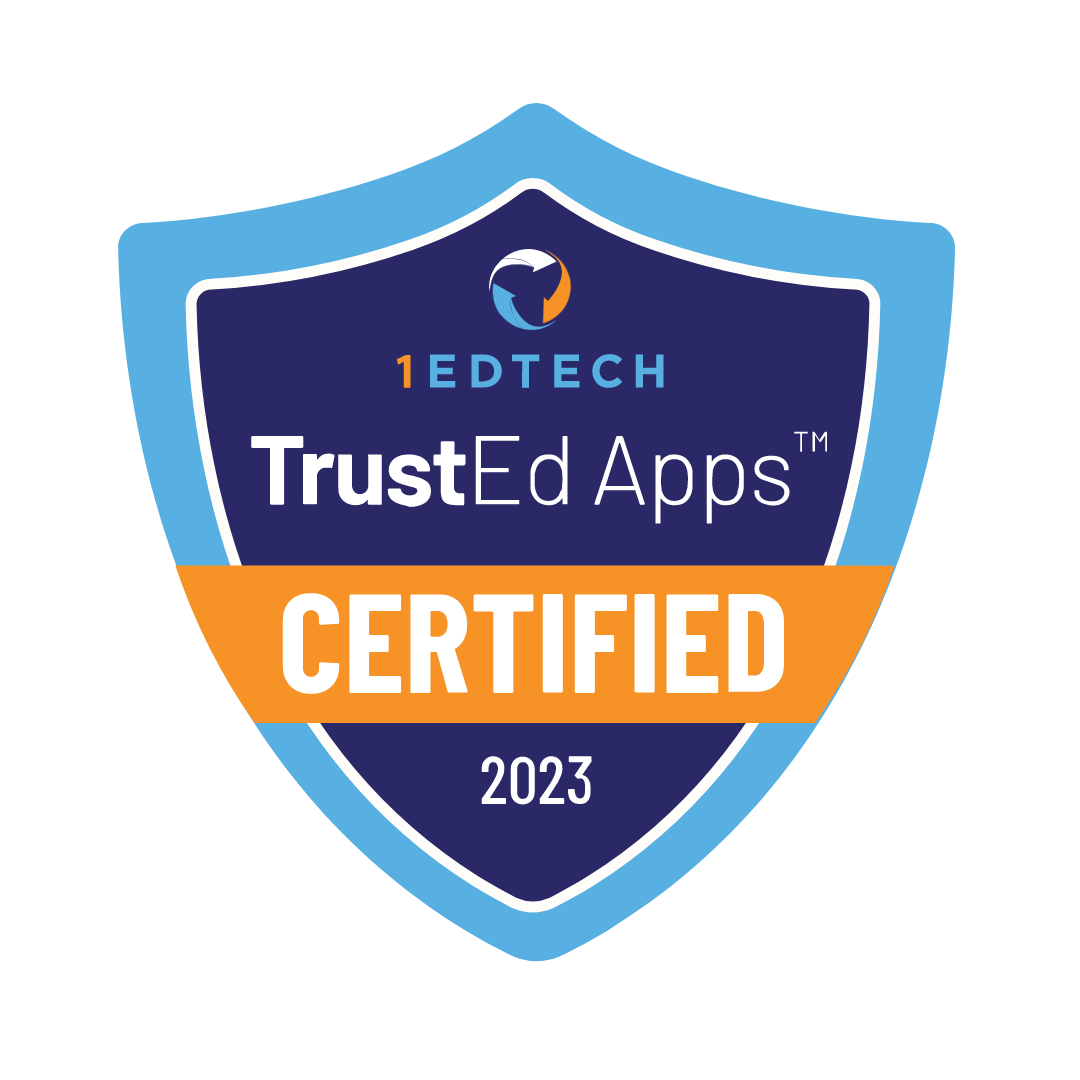Contents
11.1 percent of K-12 students were independently homeschooled in 2020, and the number of homeschoolers has been increasing, according to the Census Bureau’s report.

Homeschooling is an alternative to traditional education. This alternative allows students to learn at home. Let’s discuss in more detail what traditional homeschooling is.
What Is Traditional Homeschooling?
Traditional homeschooling means all education takes place at home. Parents or guardians act as the teachers in this form of education. They create the educational program independently and conduct the lessons. Some parents combine homeschooling with travel, which becomes “roadschooling”. We’ve covered roadschooling in this article. Another variation of homeschooling is online homeschooling, which we discussed here.
Traditional homeschooling involves parents not incorporating much travel and not dividing education with an online school. Parents still use online resources and other materials to teach their children.
Benefits of the Traditional Homeschooling
Traditional homeschooling provides several advantages. Let’s look at the five benefits parents value the most.
Safe Environment
Traditional schools pose many risks for children, such as bullying or shootings. Homeschooling eliminates these dangers, allowing children to learn in a safe and comfortable environment.

Freedom in Planning
Parents plan the schedule for lessons and breaks independently, taking into account their child’s preferences. They adjust the schedule at any time if they feel it’s not optimal or if changes are needed due to family circumstances. This is especially relevant when the family decides to travel.
Personalized Learning
Homeschooling allows lessons to be adapted to the child’s needs. This is especially important for children with disabilities, as they require a higher level of personalization.
Opportunity to Develop the Child’s Strengths and Interests
Parents determine the lesson plan independently and are not required to strictly follow standards. This allows parents to focus more on the subjects and areas where their child is truly developing and passionate.
Strengthening Family Bonds
Parents have more time with their children. This shared time strengthens their bond, allows them to be aware of any issues early on, and enables them to solve problems through joint efforts.
Challenges of Traditional Homeschooling
Traditional homeschooling offers promising advantages, but has its downsides. We will explore five of these problems and provide tips on how to deal with them.
Lack of Classmates
Homeschooling means a child studies alone or with siblings. This leads to a lack of external social interaction. Parents connect with other homeschooling families or enroll their children in local clubs to ensure their social development is balanced.
Limited Physical Activity
Homeschooling doesn’t include regular physical activities, which negatively affect children’s health. Parents enroll their children in clubs or hold regular exercise sessions at home to address this issue.
Strong Dependence on Family
Homeschooling creates strong family bonds, but it can lead to dependence on the family. Parents adjust their involvement to ensure they don’t hinder the child’s development of independence.
Non-Accredited Education
The curriculum chosen by parents is controlled solely by them. The lack of external oversight can lead to the curriculum not meeting educational standards. Such discrepancies result in colleges and employers not recognizing homeschooling education. Parents refer to standards to avoid this situation.
Stress
Parents don’t always create the right balance between rest and study schedules. Mistakes in the schedule lead to confusion, withdrawal, and stress for children. Parents pay close attention to their children’s well-being when planning the schedule. Parents communicate with them and make regular adjustments to avoid these issues.
Traditional Homeschool Curriculum

Curriculum is the key to successful homeschooling. Here are five tips on what to consider when choosing a homeschool curriculum:
- Make sure the program covers all core subjects
- Study the standards and see how well the curriculum aligns with them. We’ve detailed how to work with standards here.
- Consider electives useful and interesting for your child, and see what the curriculum offers
- Look at the assessment methods provided and evaluate whether they are sufficient
- Assess the resources offered for support and determine whether they meet your needs
How Legacy Online School Works with Traditional Homeschooling?
“Very convenient platform, it is possible to get access to the passed material and to subsequent topics”
Parent’s review, Reviews.io

Legacy Online School won “The Best Homeschool Curriculum, Products & Resources of 2024–25” award. This award shows our online programs provide your child with a high-quality education. This program is a perfect fit for parents who have chosen traditional homeschooling for their children.
Our curriculum focuses on core courses in Science, Technology, Engineering, and Mathematics (STEM). This curriculum puts students for success in their future careers. Students develop problem-solving skills, critical thinking, and experiential learning.
Legacy Online School uses virtual labs, simulations, and collaborative projects to give students good experience in STEM disciplines. Students understand theoretical concepts easily and apply them in real-life situations.
For more information, visit Legacy Online School’s STEM Curriculum.











